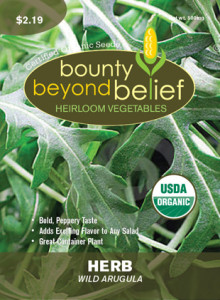Is Gardening work or play?
How To Garden Wisely
by Sandy Swegel
I had to laugh this week when reader Mike Hood commented earlier on one of our sweet inspiring quotes about the virtues of gardening that “Gardening is a Battle.” Now maybe Mike was just trolling, but I am all too familiar with the feeling that gardening is a battle. When I’m having that experience is usually when I’m about to injure myself. I was fighting with dandelion roots in hard clay when I torqued my wrist and gave myself carpal tunnel for a few weeks. I was hacking out old lilac stumps with a mini pick ax when I nearly tore my rotator cuff. And then there was the time when I was furiously trying to get all the work done before dark when I tripped on a stupid piece of metal fencing and impaled it in my leg. I keep my tetanus shots current for a reason. Mother Nature is quite solid and stubborn and I rarely win the battles.
However, all the battles are what have taught me how to garden wisely.
Wearing the brace for carpal tunnel on my dominant hand taught me several important things about weeding.
Keeping my tools sharp means less work.
Forget wussy dandelion diggers and get a real weapon for weeds: a Hori Hori knife does a much better job with less work.
It’s the torquing and anger that causes injuries. A straight wrist and sharp tools and a mindful attitude isn’t so much work.
The non-dominant hand can learn to do an awesome job of pulling annual weeds in soft soil.
Over rotating my shoulder with the pick introduced me to a favorite tool, my battery operated Sawzall. Dig up an entire bush? Easy if you just systematically go round and round the plant using the Sawzall and an Ugly blade for rough wood. Cut through a root, scoop out dirt to get to the next root, repeat. No sweat. Divide massive grass clumps or daylilies. The Ugly blade slides through like going through butter. The brain and a sharp tool are always better than brute force for getting the job done and for not hacking through irrigation.
The best lesson came from getting impaled on the metal fencing. A puncture wound in the back of my thigh meant I could stand up or I could sit down…changing positions caused all the pain. That’s when I learned how much gardening can be happily done sitting on my butt right next to the garden bed. Much less work than bending over. I can even do better pruning if I can see the structure of the plant from the ground level. Pests are easier to spot too.
So yes I do a lot of work in the garden, but it feels like play because I always work in the shade or cool parts of the day. I often sit before the garden bed while working in it. I use really sharp tools and I have colorful orange and purple trug buckets to make me smile. Those are my weapons in battle.
Photo Credit http://www.amleo.com/leonard-soil-knife/p/4752/
Organic Gardening
Heirloom vegetable seed
Native Wildflower and Grass Seeds


